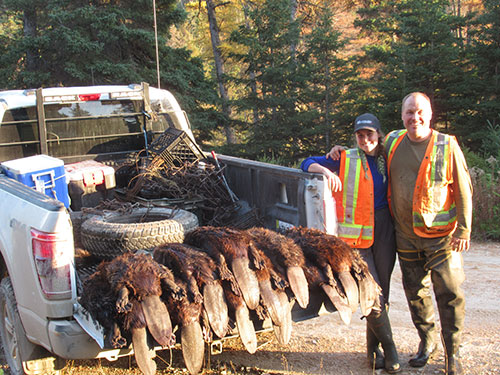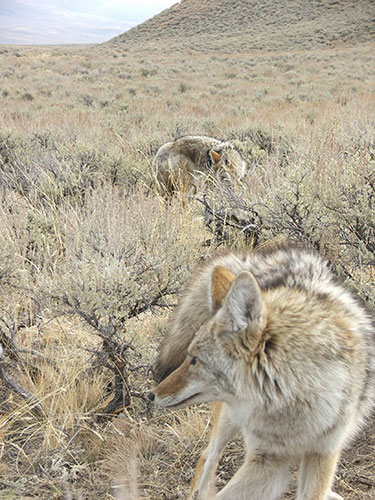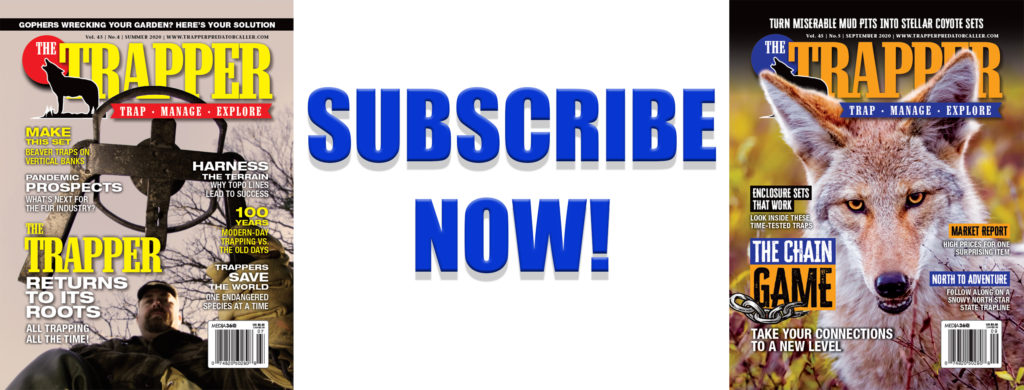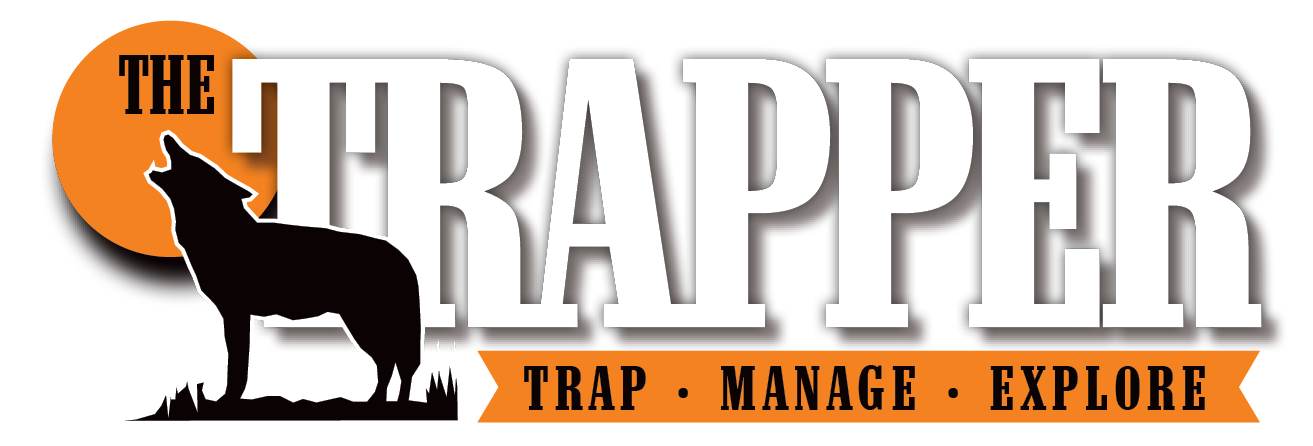By Serge Lariviére
Selling season generally starts when trapping season ends. In January, a lot of northern trapping seasons are winding down and the bulk of the fur has been harvested. Yes, some trappers persist up in northern areas, fighting snow, ice and cold temperatures. And yes, the fur harvested then is top quality. But quantity-wise, January and February are not the top months for quantity.
Many trappers call it quits around Christmas, and I know several guys who use their Christmas holidays to sort and put away their gear, and put up their catch (thaw, flesh and dry frozen skins). I know that down south January and February are still key harvesting months, but the start of the New Year is definitely a wake-up call for buyers – everywhere.
Overseas, in international markets, early winter is time for fur fairs, release of new trends, and calls for orders – hence the buying. The fur being bought in January 2024 is what designers and manufacturers intend to sell in the winter of 2025. They invest now, and reap their rewards one year later.
When selling season starts, a lot of key indicators are closely monitored. Retailers see what they have left on the shelves, manufacturers watch the new emerging fashion trends, and everybody, I mean absolutey everybody, watches the traffic in the retail stores, especially around Christmastime. In many countries around the world, Christmas in December is a time of gifts, above-average spending, and consumption of luxury goods (chocolates, jewelry, and yes, fur!). In China, that big winter holiday is the Chinese New Year – which unlike North America, is not always on the same date. This year, Chinese New Year is Saturday Feb. 10, which is great for us in the fur industry. Indeed, the later the New Year is in China, the better odds of cold weather in the months before, and the colder the weather — the better the odds that fur makes it to the list of gifts. A late date for the Chinese New Year and cold weather in the months before it increases our odds for a good market.
That is the good news. On the not-so-good news, we can expect that Russian buyers will once again be quiet or absent from most big auctions. The Russian economy is still on standby with the ongoing crisis with Ukraine, and that means that species that typically are bought by the Russians — raccoon being at the top of the list — will continue to struggle.
We also anticipate another season of selling ranch mink that were pelted out from farms that went out of business, unsold inventories, etc. So with this ranch mink being liquidated, you can expect wild mink, muskrats and even river otters to remain low.

The author with his daughter, Veronique, on the successful beaver line. Photo credit: Serge Lariviere
What is trending up continues to be beaver, prime beaver with dense underfur, for the felt market used by hat makers. Beaver is the backbone of many trapping operations (my own included) so a good beaver market helps many trappers stay active, and keeps landowners happy and helps all trappers gain permission to trap (and sometimes hunt) at the same time. The castoreum market is expected to lower as beaver skin prices increase, simply because the supply of beaver castor glands swells with the size of the beaver catch, and more offerings allows buyers to be picky. But with good fur prices and decent castoreum prices, beaver remains at the top of the “this is worth catching” list.
At the opposite end are probably raccoons and coyotes. I love catching coyotes, but for the effort it takes to catch one, let alone skin, flesh and dry one, then deal with the carcass (and some would say, the smell), coyotes will face a difficult market again. We had about 10 years of absolutely amazing coyote prices when the fancy parka hoods with coyote fur were in fashion, and we took full advantage of it, but that wave is over and now that market is much softer. If you trap coyotes, catch them when they are prime. Western coyotes with white bellies always do best, and Eastern coyote with dark, long and rough fur will be tough. Expect to skin and dry your catch, because many local buyers are forced to charge more for “coyotes-in-the-round” than what the fur is worth, especially for Eastern skins.

These great looking coyotes were collected in one trip worth of truck fuel. Photo credit: Dave Morelli
Fancy fur as I call it – marten, fisher, lynx and bobcat, will likely increase a little as these luxury skins appeal to the Chinese market. Do not expect anything to skyrocket, just slow and steady advances in price, especially if China gets an early winter with cold temperatures.
Taxidermy goods continue to sell well. Wolves, bears, wolverines are always in demand, and because the supply is so low, these skins always find a buyer. If you catch an exceptional animal, be sure to call a few taxidermists directly before you start skinning – many taxidermists have standing orders for such animals.
In summary, we can expect 2024 to start with prices similar, or slightly advancing compared to 2023. The late date of the 2024 Chinese New Year is giving us a chance, COVID is almost a thing of the past now, and I truly believe there is reason for cautious optimism. We will all watch closely the first international fur sale, which is scheduled for March 22-24, 2024, in North Bay, Ontario, Canada, by Fur Harvesters Auctions (www.furharvesters.com). In the meantime, catch prime fur, handle it well, and hope for world peace so that our normal fur markets may return!



